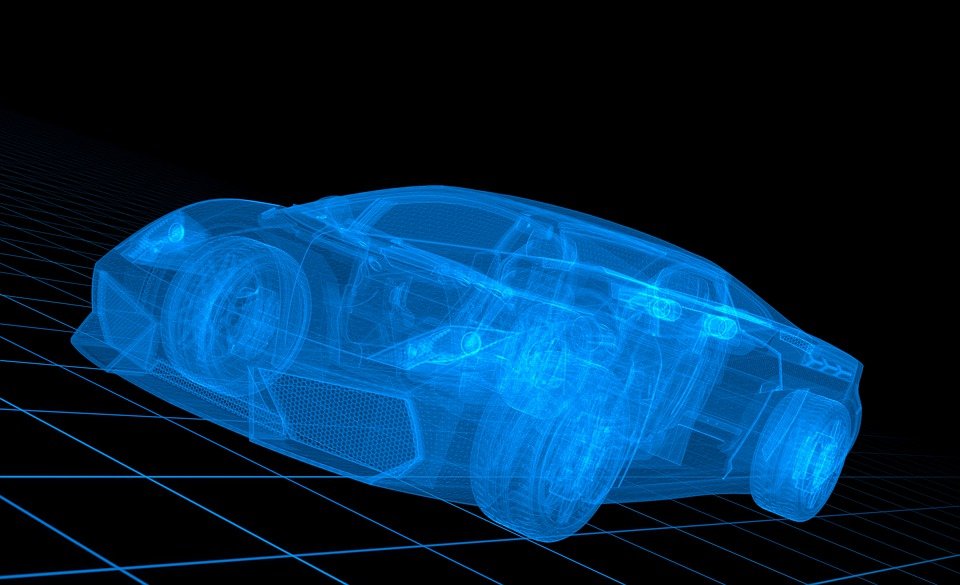
The roar of the engine and the smell of gasoline are no longer the sole defining characteristics of the car industry. Artificial intelligence (AI) is rapidly transforming every aspect of our vehicles, from design and manufacturing to driving assistance and in-car experiences. This revolution has significant implications not only for drivers and carmakers but also for the entire insurance landscape.
Advanced Driver-Assistance Systems (ADAS) and the Future of Auto Insurance
One of the most significant changes driven by AI is the rise of Advanced Driver-Assistance Systems (ADAS). These features, already making roads safer with lane departure warnings and automatic emergency braking, are becoming even more sophisticated in 2024. Imagine a car that analyzes real-time traffic data to suggest alternate routes, helping you avoid congestion and reach your destination faster. This isn't just a dream; AI is making it a reality.
ADAS systems are learning to adapt to your individual driving style and preferences. Whether it's adjusting the climate control for your comfort or automatically setting your preferred seat position, AI is personalizing the driving experience. These advancements not only enhance safety but also have the potential to significantly impact auto insurance. As vehicles become "safer drivers" themselves, with the ability to react faster and avoid accidents, we can expect to see a decrease in collision claims.
This trend could lead to lower premiums for drivers with vehicles equipped with advanced ADAS features. Conversely, those who continue to drive older models without these AI-powered safety systems might see their premiums increase. Insurance companies are already starting to factor in ADAS features when calculating risk profiles, and this trend is likely to accelerate in the coming years.
The impact of AI on auto insurance goes beyond just accident prevention. Imagine a future where your car constantly monitors your driving behavior, tracking factors like speeding, harsh braking and distracted driving. This data could be used by insurance companies to create personalized insurance plans that reward safe driving habits with lower premiums. While privacy concerns need to be addressed, such a data-driven approach could incentivize safer driving overall.
The Road to Autonomy (News - Alert): Challenges and Progress With Self-Driving Cars and the Insurance Conundrum
While widespread adoption of self-driving cars might not be a reality in 2024, significant progress is being made. Companies are conducting extensive testing in controlled environments, focusing on improving a crucial aspect: object recognition. AI algorithms are being trained to identify and react to a wider range of obstacles on the road, from pedestrians and cyclists to animals and unexpected debris. The goal? To ensure self-driving cars can navigate the complexities of the real world.
However, the question of auto insurance for autonomous vehicles remains a complex one. Who is ultimately responsible for an accident involving a self-driving car? Is it the manufacturer, the software developer, or is there a shared liability? These are legal and ethical questions that need to be addressed before widespread adoption of AVs becomes a reality.
One potential solution involves the development of specific insurance policies for autonomous vehicles. These policies would likely shift liability from the driver to the manufacturer or software developer responsible for the car's AI systems. This could lead to higher insurance costs for AV manufacturers, potentially impacting the overall cost of ownership for consumers.
Another possibility is the creation of a shared liability model, where responsibility for accidents is determined based on the specific circumstances. This approach could be more complex to implement but might offer a fairer solution. Regardless of the specific solution, clear regulations and legal frameworks surrounding AV insurance are crucial for the safe and responsible development of self-driving technology.
Streamlining Production from the Inside Out and Building Reliable Cars
The impact of AI extends beyond the road and into the heart of car manufacturing. Predictive maintenance is transforming production processes. By analyzing sensor data from vehicles, AI can identify potential maintenance issues before they occur, preventing costly breakdowns and improving vehicle uptime. In the not-so-distant future, your car may alert you and manufacturers about potential problems before they even happen, leading to a more reliable driving experience and potentially reducing the number of insurance claims related to mechanical failures.
This same technology is being used to optimize production lines. AI can analyze production data and real-time logistics information to streamline workflows, reduce waste and ensure efficient use of resources. Furthermore, AI-powered robots are taking on more complex tasks on assembly lines, improving accuracy and consistency while reducing the risk of human error. This collaborative effort between humans and AI is leading to a more efficient and reliable car manufacturing process, ultimately resulting in higher-quality vehicles with fewer potential issues on the road.
Challenges and Considerations on the Road Ahead
While AI promises a future of safer, more efficient and personalized cars, there are challenges to address. Clear and robust regulations are needed to guarantee their safe operation and integration with existing infrastructure. As we embrace this revolution, ensuring a safe future for AI-powered vehicles requires addressing these challenges head-on.
Collaboration between governments, automakers and tech companies is crucial to navigating the ethical considerations and data privacy concerns surrounding AI in cars. It's the only way we as a society can make a smooth transition to a future filled with self-driving cars. The road ahead promises a smoother ride, but getting there requires careful planning and clear road signs.
